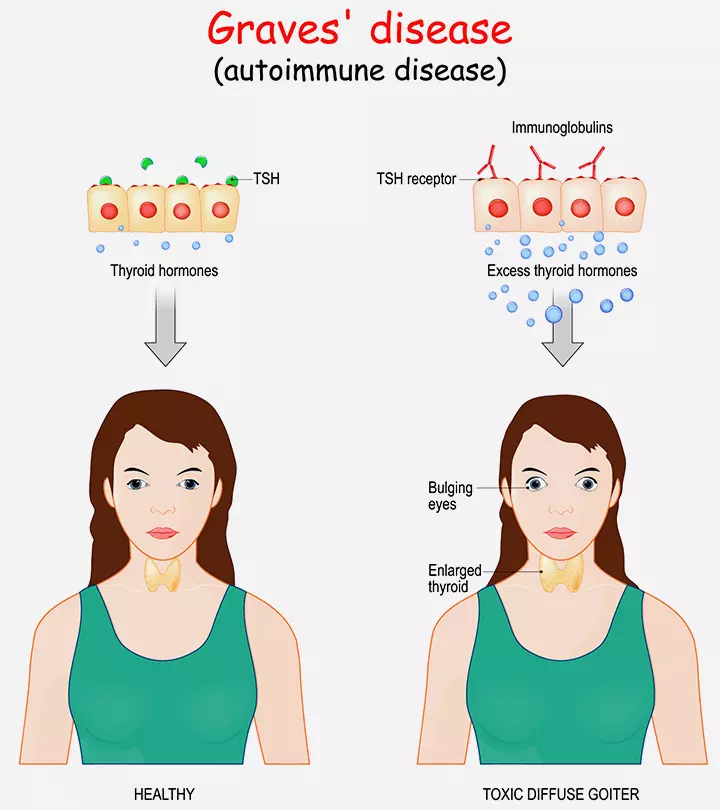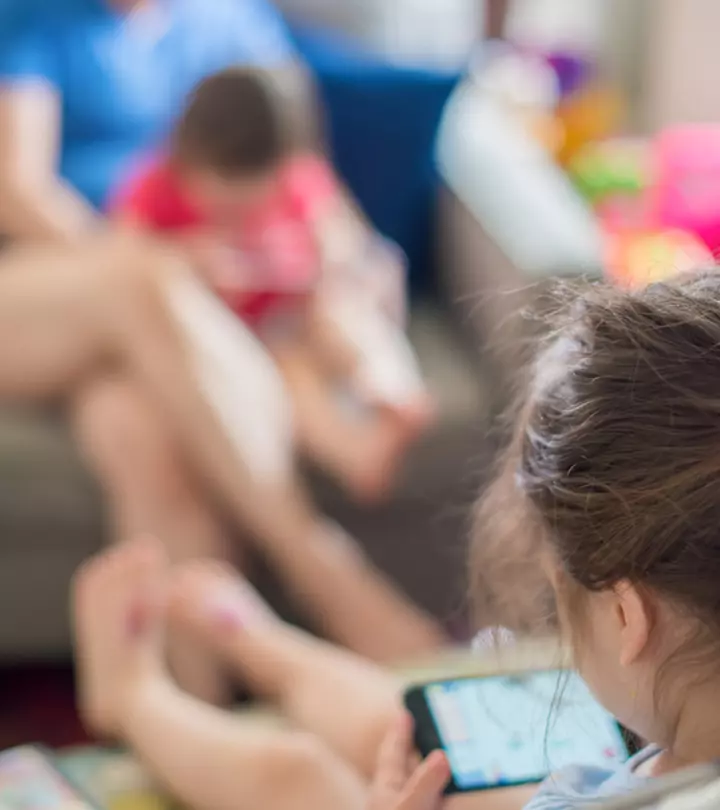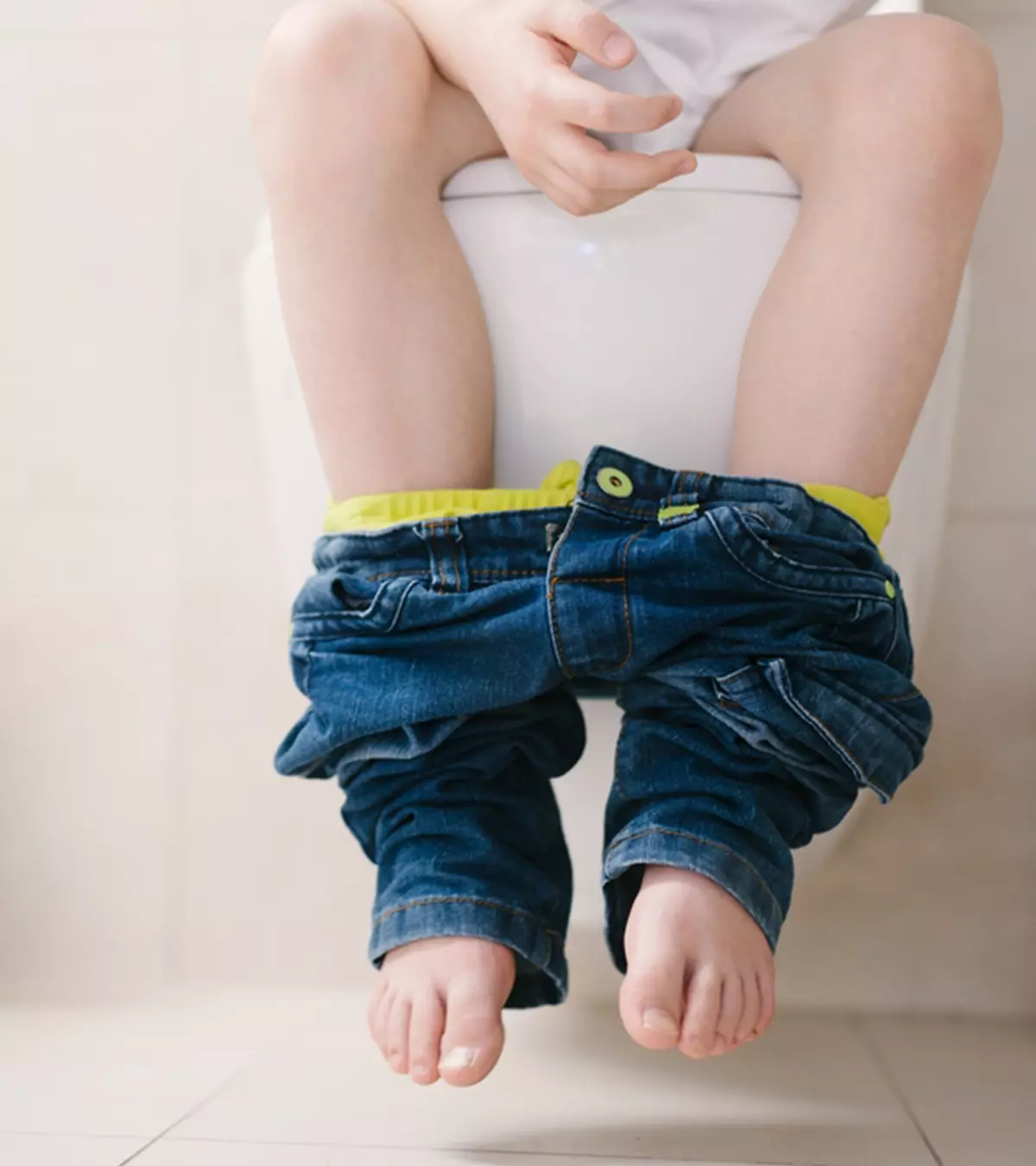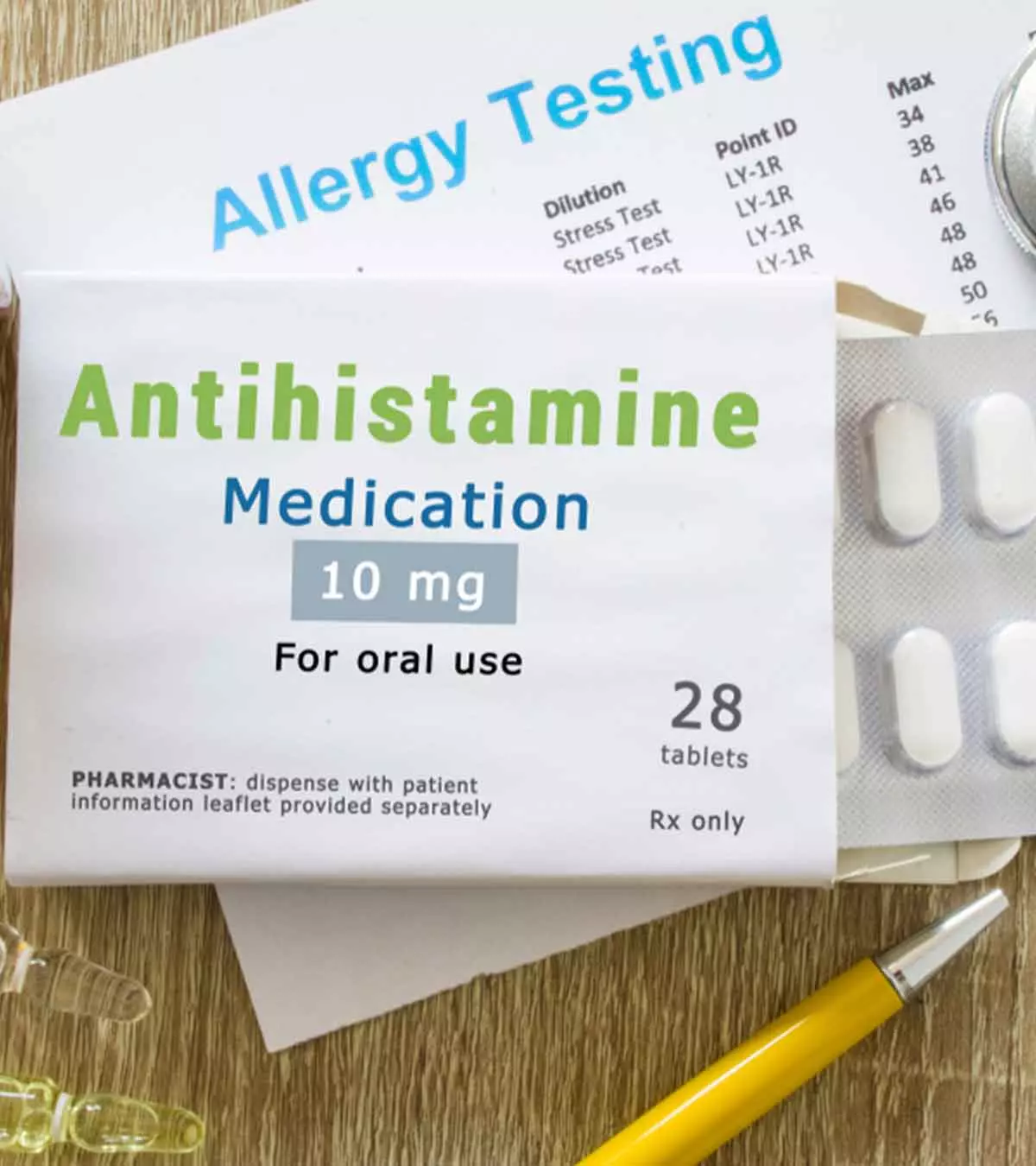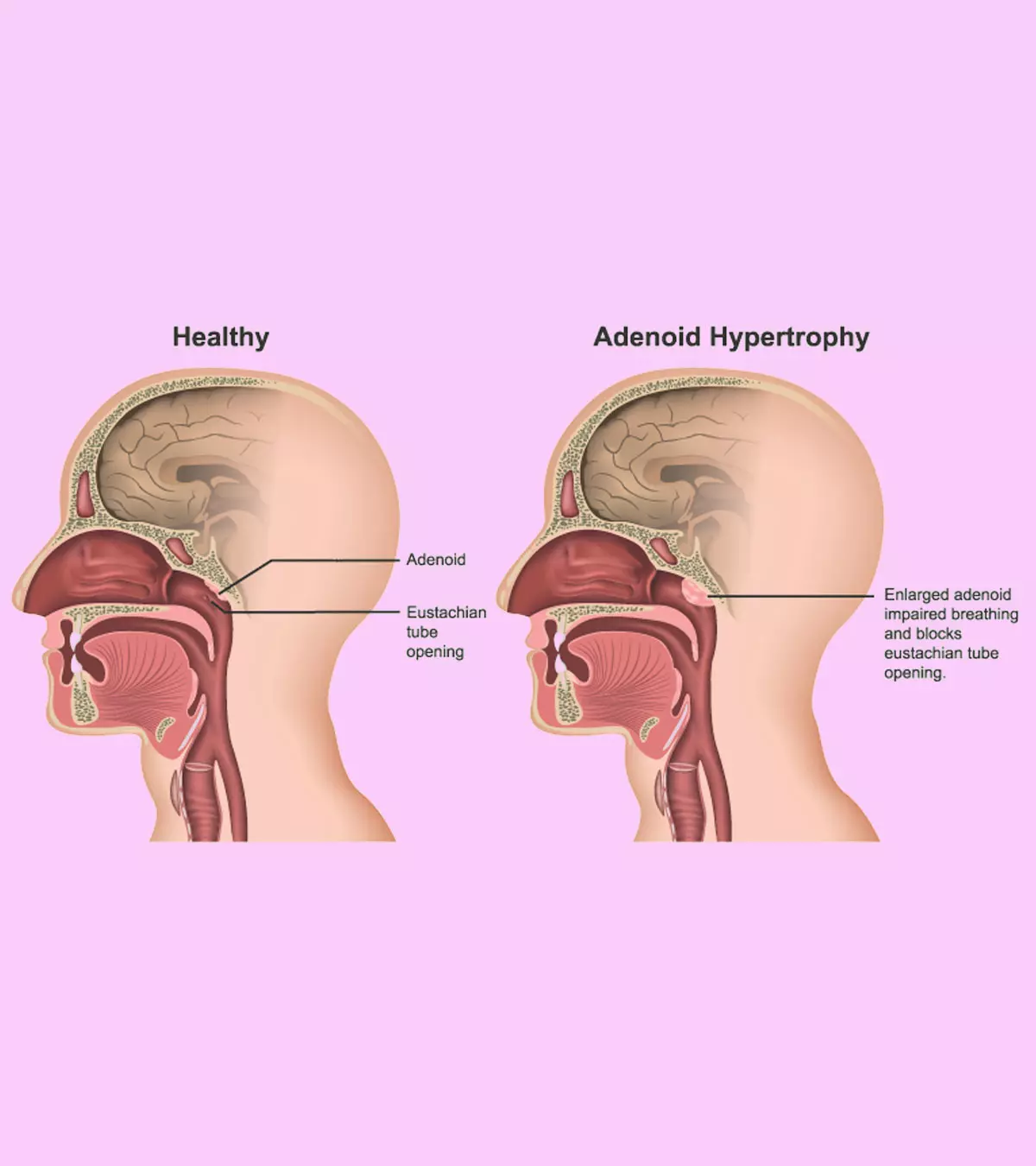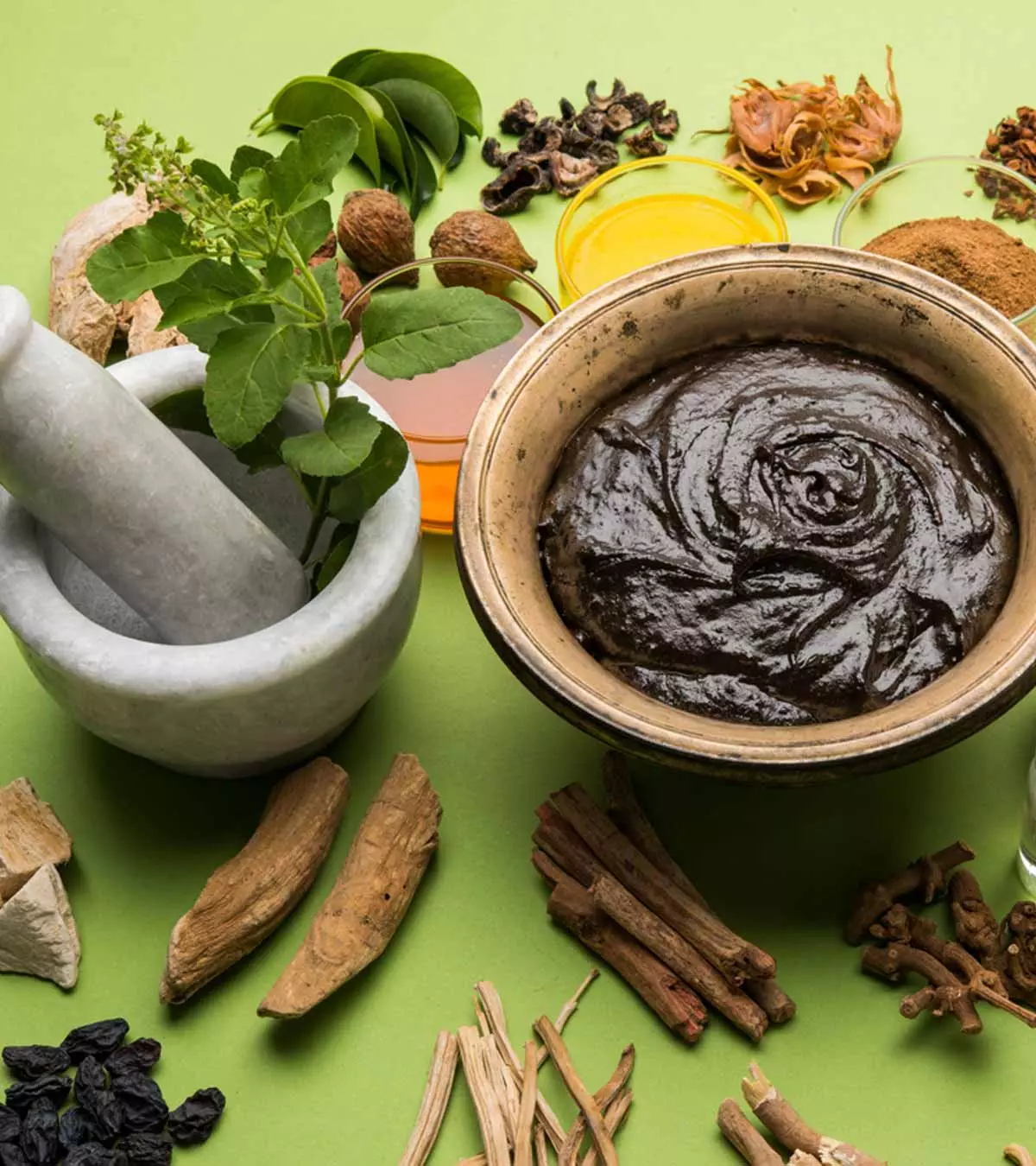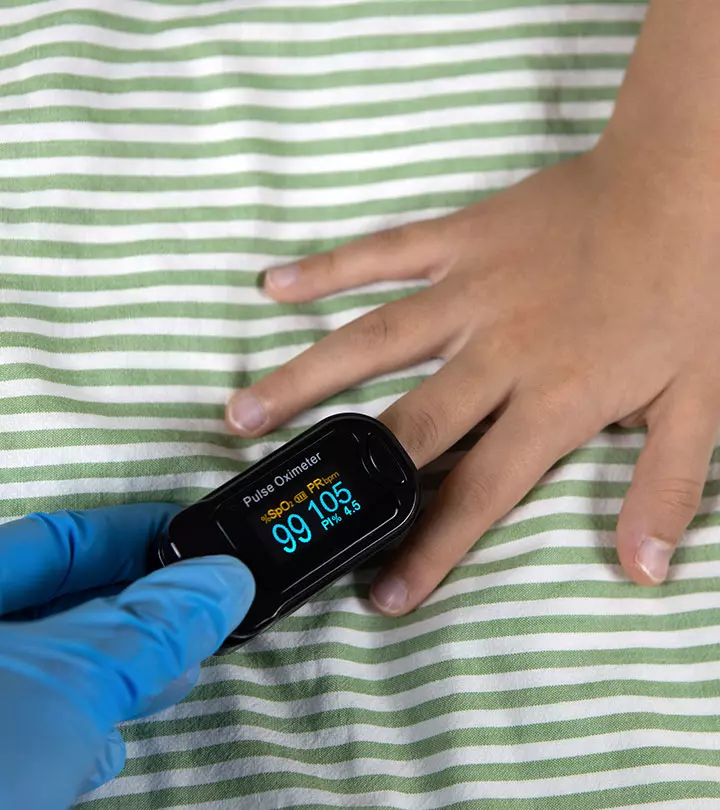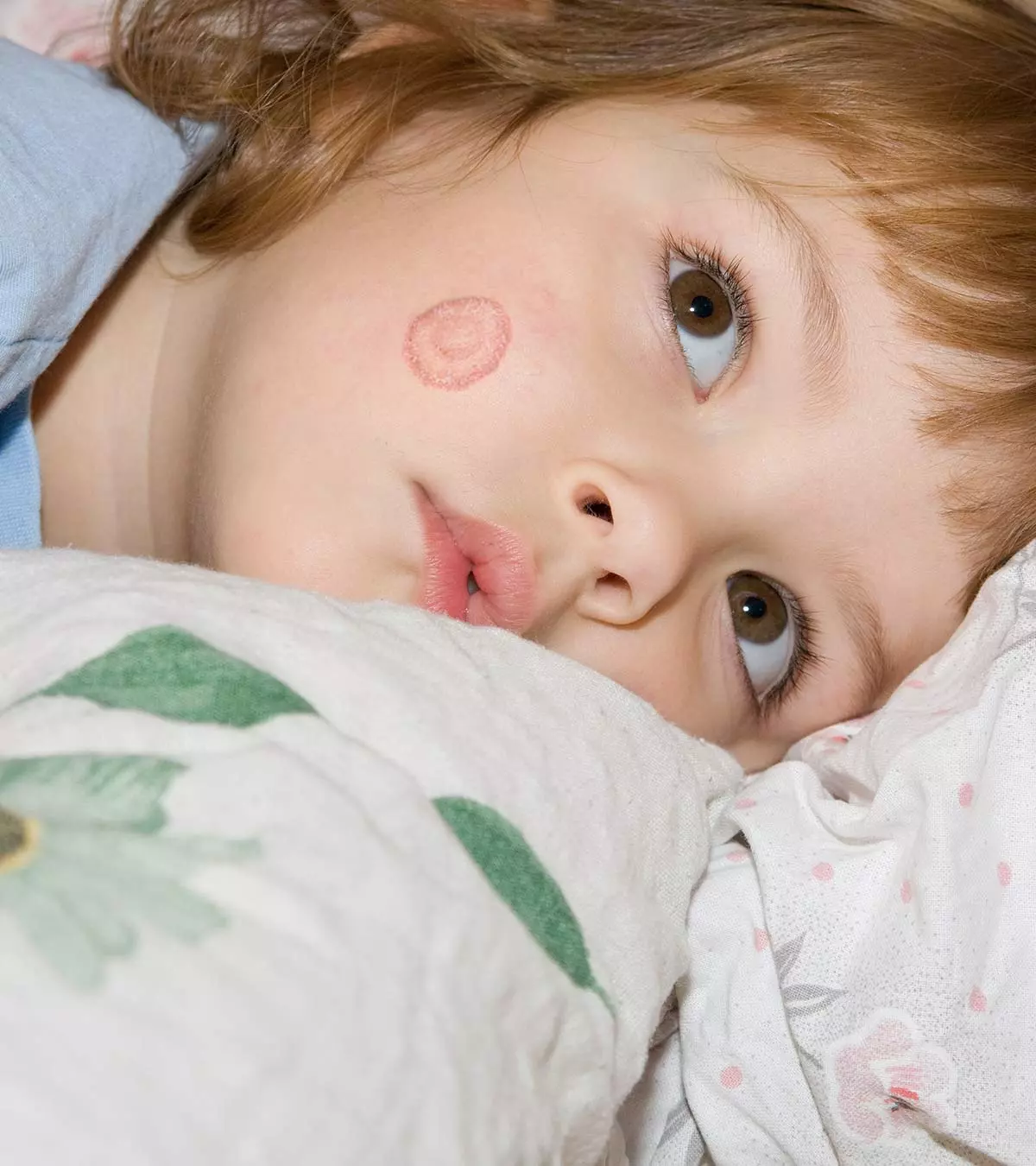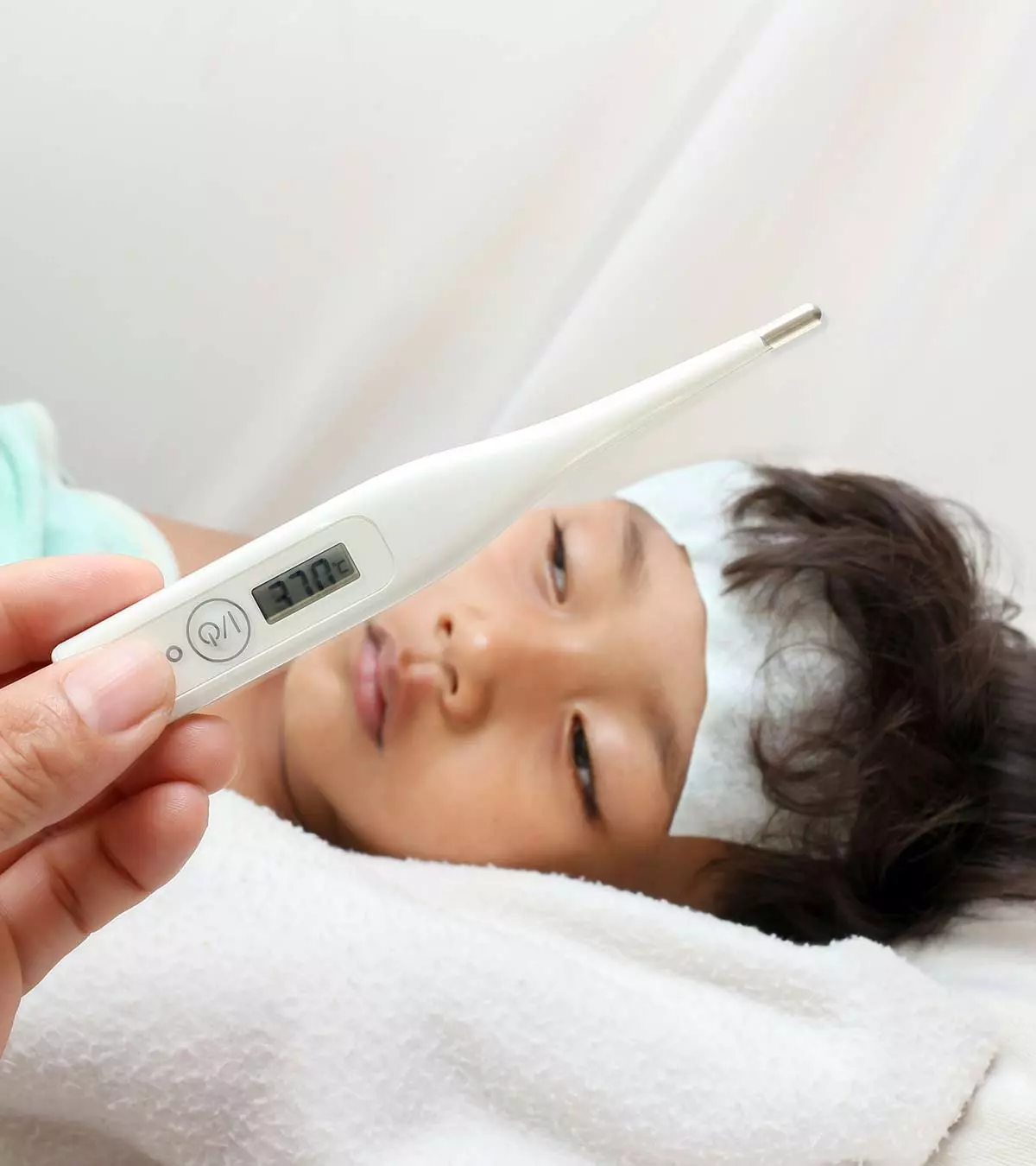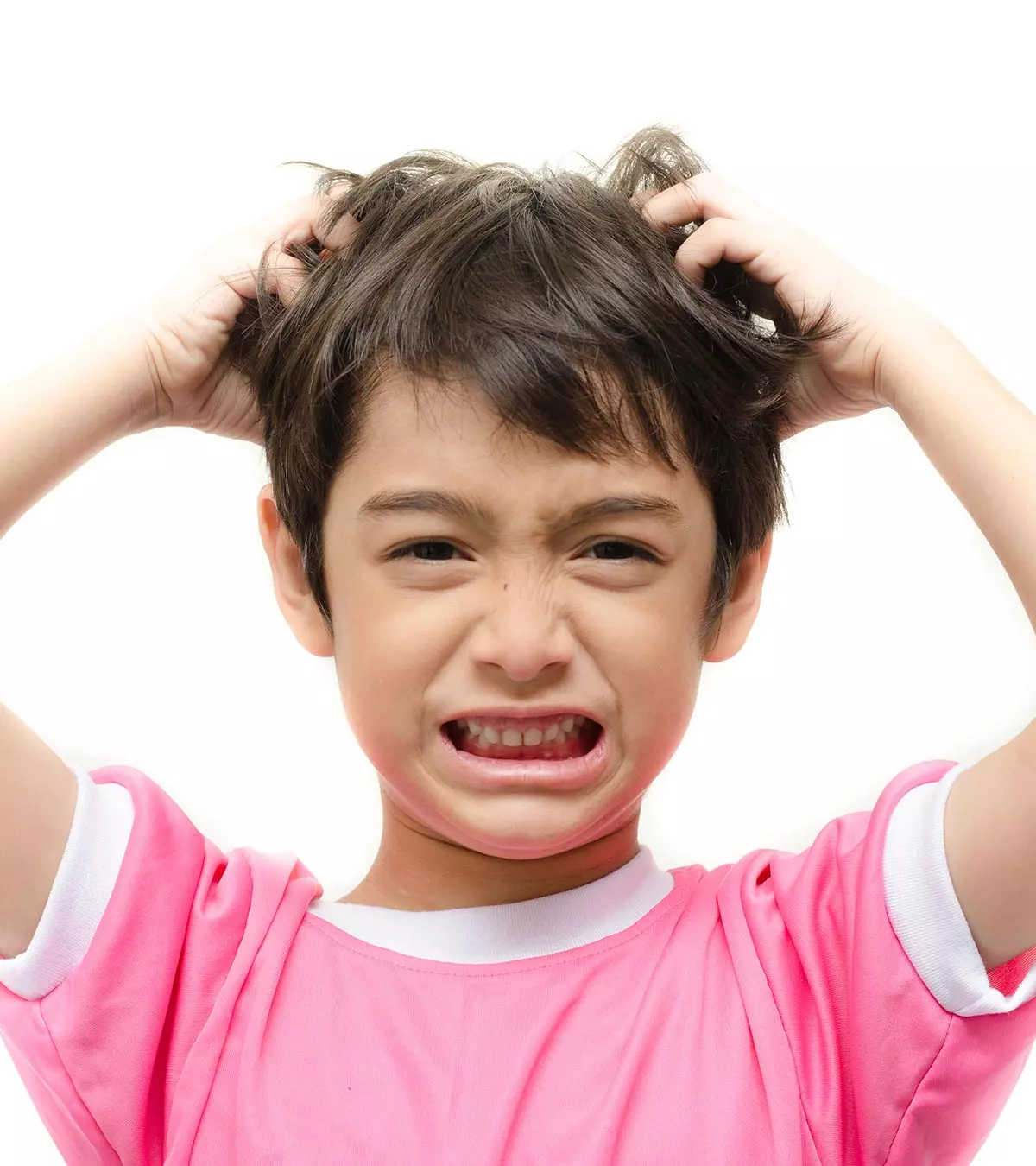
Dandruff in kids is a common skin condition that causes tiny, white flakes to shed off from the scalp. These tiny flakes are dead cells that fall off from the uppermost layer of the skin (1). It can be caused by factors like hormonal changes, fungal infections, or dry skin. Though common in children, dandruff, also called seborrheic dermatitisiA skin condition characterized by redness, dryness, and scaly patches on the scalp. , can affect infants, teens, and adults. The global prevalence of seborrheic dermatitis is estimated to be around 3-5%, according to the National Eczema Association. However, the prevalence of dandruff was higher in the US and Sub-Saharan Africa, according to the reports of a study conducted by multiple institutions. Generally, children with oily skin tend to get more dandruff than those with dry skin (2). Pediatric seborrheic dermatitis doesn’t cause any serious problems, but it can cause an itchy and flaky scalp in kids, which can be bothersome. Hence, prompt scalp treatment is necessary to alleviate itching and avert dandruff-related hair problems. Keep reading to explore more about dandruff in children, its causes, symptoms, treatment, and effective home remedies you can try.
Key Pointers
- Dandruff in children may be caused by hormonal changes, fungal infections, or skin-related conditions.
- Dandruff can cause a dry, itchy scalp, white flakes on hair, and temporary hair loss.
- A doctor may recommend frequent hair washing with antifungal or specialized shampoos to manage the condition.
- A few popular home remedies for combating dandruff include coconut oil, lemon juice, apple cider vinegar, and neem leaf extract.
Possible Causes Of Dandruff In Children
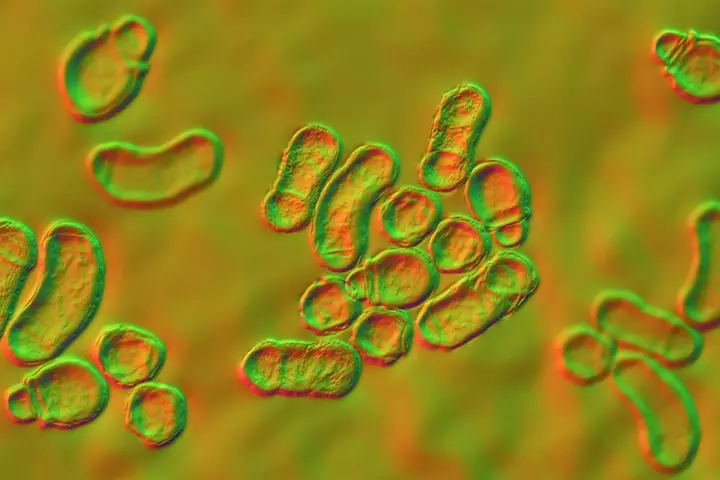
Dandruff can occur at any age, and the exact cause is unknown. Here are some observations with regard to dandruff in children.
- Dandruff, a common children’s scalp condition, often begins during adolescence. Doctors believe it is due to the increase in hormones during the teenage years (3). The rise in hormones leads to excess production of sebum or oil, which could cause dandruff.
- According to the University of Michigan, eczema, a skin condition, could increase shedding of skin from the scalp, thus causing dandruff (4).
- A fungal infection could also lead to dandruff. A fungus named Malassezia is quite commonly associated with it (5).
- Dry skin in children could make the child more prone to dandruff. Seasonal changes, like the winter, may worsen the child’s dry scalp and skin and cause dandruff (6).
- Contact dermatitis (a skin rash due to an allergen or irritant), and infrequent shampooing are some factors that may cause dandruff (6).
- Child scalp psoriasis is a chronic condition that is characterized by red, scaly plaques and causes the child’s scalp to flake with intense itching or burning sensations.
- Some other factors that may increase the occurrence of dandruff include neurological problems, immune system problems, and stress.
 Did you know?
Did you know?Some children may know they have dandruff due to falling flakes, while some may not. Symptoms of dandruff in kids vary from one to another.
Symptoms Of Dandruff In Children

The most common symptoms include (6):
- Dry scalp
- Itchy scalp in children
- White flakes in children’s hair that fall on the shoulders
- Itching may cause redness of the scalp
- Hair loss (temporary) or hair shedding
- An oily area on the scalp
- Scalp rash in kids
Dandruff in children is not contagious, which means a child cannot get dandruff from others.
Can Dandruff Harm The Child’s Scalp?
Depending on the severity of dandruff, children may experience itchiness and scaling across the scalp. In severe cases, the flaking may cause scales to appear on the skin, leading the child to scratch the scalp, thus making it inflamed and sore. Extreme scratching can cause cuts on the scalp, which might bleed and increase the risk of infections. Flaking and scratching can also make the skin hypo or hyper-pigmented, appearing gray, pale pink, reddish, brown, or purple depending on the child’s complexion (7) (8) (9).
Dandruff Treatment For Children

Taking care of a kid’s hair and scalp health is crucial to prevent discomfort caused by severe itchiness resulting from untreated dandruff. The following steps may help reduce dandruff.
- Washing hair frequently with a regular shampoo might help in removing the flakes.
- If this is not helping, then an over-the-counter anti-dandruff shampoo could help. However, the frequency of using anti-dandruff shampoo may vary depending on your child’s hair and scalp type. Generally, for an oily scalp with straight hair, shampooing should be done twice a week, while for naturally curly or coarse hair with a dry scalp, once a week is sufficient (10). Your child’s doctor may recommend an appropriate shampoo.
- If the doctor suspects fungus on the scalp, then they may recommend specialized anti-fungal, anti-dandruff shampoo (2).
- Shampoos with salicylic acidiA chemical that aids in eliminating dead skin cells and excess oils and cleansing the scalp. can help reduce dandruff (11). Other compounds that could provide relief are selenium sulfideiMedication or agent used to treat dandruff caused due to infections. , sulfur, zinc pyrithioneiA chemical ingredient in shampoos, which helps manage dandruff associated with inflammation and skin irritation. , and tariA component used in anti-dandruff shampoos and provides relief from dryness and itchiness of the scalp. (12). Consult a doctor before picking a shampoo with these compounds for your child.
 Quick fact
Quick fact
Observing some non-medicinal methods at home can help provide relief to the child from dandruff.
Ways To Prevent Dandruff In Children
Frequent hair washing using medicated shampoos may clear the pores of dust, dirt, and excess oil that contribute to dandruff. Taking a few other precautions could help prevent dandruff (13) (14) (15) (16):
- Opt for child-safe hair products without heavy or harmful chemicals to prevent scalp irritation, flaking, and infection.
- Use lukewarm water for shampooing instead of hot water to prevent scalp drying and irritation.
- Oil the child’s hair regularly to retain sebum levels and avoid tight hairstyles and hats that might pressurize the scalp.
- Gently brush the hair twice a day to detangle the strands, remove the flakes, and promote blood circulation to the scalp.
- To promote hair growth, ensure your child’s diet includes adequate protein and omega-3.
- Encourage your child to drink enough water to prevent hair and scalp dryness.
- Engage your child in stress-relieving activities such as playtime and yoga to manage stress, as it can worsen dandruff.
In addition to these measures, you can try natural and homemade remedies to help prevent and manage your child’s dandruff.
Home Remedies To Prevent Dandruff In Children

Natural remedies may help mitigate dandruff or clean it. But they may not help in eradicating dandruff completely. Also, remember that these remedies have to be used regularly, while some of the stronger ingredients may be used only after consulting a dermatologist. Here are a few such remedies you can try at home:
1. Tea tree oil
Tea tree oil has anti-inflammatory, antimicrobial, and antifungal properties. According to a research study, 5% of tea tree oil could be effective in treating dandruff with no adverse effects. The study had participants who were 14-year-old and older (17). You can add a few drops of tea tree oil to your child’s shampoo when washing their hair (15). Alternatively, mix it with pure oils such as almond, coconut, or olive oil and apply it to your child’s scalp before bath time, then wash with a child-safe shampoo.
2. Baking soda
Baking soda is considered an effective remedy for dandruff due to its exfoliating effects. Prepare a paste with equal amounts of baking soda and water, apply it to your child’s scalp, and leave it for ten minutes. Then, rinse it off with a shampoo (18) (19).
3. Coconut oil
Massaging your child’s hair with pure coconut oil before washing may help alleviate dandruff severity (18). Studies have shown that the anti-microbial properties of coconut oil reduce the presence of harmful dandruff-causing bacteria. Coconut oil also helps maintain a healthy scalp by promoting the growth of beneficial microbes that produce essential nutrients (20). Additionally, mixing lemon juice with coconut oil can help eliminate dandruff (21).
4. Aloe vera juice
Aloe vera is known for its moisturizing properties and can be massaged into the scalp to relieve skin irritation, flaking, dryness, and itching (21). It cleanses and rejuvenates the skin while providing a cooling effect. Aloe vera shampoos and conditioners are commonly used to treat seborrheic dermatitis (22).
5. Apple cider vinegar
Apple cider vinegar (ACV) has anti-inflammatory properties that may help alleviate scalp itchiness and irritation. Dilute ACV with equal parts water and apply it to the child’s scalp after shower. Leave it on for 15 minutes, then rinse with water (19) (21).
6. Neem
Neem has been used in ayurvedic treatments for many years due to its anti-inflammatory, antifungal, antibacterial, and antioxidant properties (24). To alleviate scalp itchiness and hair fall in your child, wash their hair with neem water obtained by boiling neem leaves. You may add a few rosemary leaves with neem to the boiling water. Studies indicate that a tonic made from neem and rosemary might reduce dandruff symptoms (25).
7. Yogurt
Unsweetened and unflavored yogurt or curd contains protein and lactic acid, which exfoliates the scalp and helps remove dandruff flakes. Massage slightly sour curd onto the child’s scalp and let it soak for about an hour before rinsing with lukewarm water (23) (19). Ensure proper application of the mask to prevent messiness.
8. Fenugreek seeds
Fenugreek seeds are used as an herbal remedy for hair issues because of their antifungal properties. Studies suggest that fenugreek seeds can inhibit the growth of fungi that cause dandruff and effectively treat the condition (26). Therefore, shampoos containing fenugreek seed extract might aid in managing dandruff.
9. Gooseberries
The Indian gooseberry or amla is a rich source of vitamin C and antioxidants. Amla powder can be used as a cleanser to remove dirt, dust, and dandruff flakes from the scalp. To prepare amla oil, boil coconut oil with amla powder or concentrate, strain it, and apply it to the child’s scalp. Leave it for some time before rinsing (27) (28).
10. Eggs
Eggs strengthen and nourish hair while hydrating it and cleansing the scalp by removing excess oils and bacteria (29). However, if your child has an egg allergy, it is important to consult a doctor before using eggs. They can advise on the best approach based on your child’s hair type and condition.
11. Garlic
Garlic is a widely used herb known for its antibacterial, antifungal, and antiparasitic properties. The presence of allicin, an antifungal compound in garlic, makes it highly effective in alleviating dandruff. To use, apply freshly made garlic powder mixed with water to the child’s scalp, leave it for ten minutes, and rinse thoroughly. However, due to its strong odor, which may discomfort children, consider mixing garlic with honey or opt for garlic-based shampoos (30) (31).
12. Beetroot
Beetroot is a tuberous root vegetable that contains high antioxidant and anti-inflammatory properties. The extract derived from beetroot and its leaves have traditionally been used to treat several dermatological conditions including dandruff (32). To moisturize the scalp and remove dead cells, chop a beetroot in half and rub it onto your child’s scalp fifteen minutes before their regular hair-wash regimen.
 Quick tip
Quick tipThe efficacy of these remedies in curing dandruff among children is unknown, as most of the studies were carried out on adults. However, you may try them as they may not be harmful to a child. Avoid using harsh chemicals or undiluted essential oils, as they may irritate or cause allergic reactions in children. Apply the substance on a small patch of the scalp to see if it suits your child. If the substance causes discomfort or scalp irritation in children, then wash it immediately.
If dandruff persists despite home treatments, consult a pediatrician for personalized advice and possible prescription options.
When To Consult A Doctor For Dandruff In Children
Dandruff can be managed at home with prevention techniques and anti-dandruff shampoos. However, you may need to take your child to a doctor:
- If their symptoms intensify or persist with the same severity despite taking all preventive measures and using an anti-dandruff shampoo.
- Their scalp is inflamed and reddish or bloody.
- They manifest signs of seborrheic dermatitis in other areas of the body, such as eyebrows, behind the ears, sides of the nostrils, neck folds, underarms, and groin area (3)(10) (16).
Frequently Asked Questions
1. Is dandruff a sign of puberty?
Dandruff is not a sign of puberty. But it may start early during teens due to the high hormone levels, which causes more production of oil on the scalp.
2. Can dandruff go away on its own?
Dandruff may or may not go away on its own, depending on its severity. Also, it may or may not be possible to remove dandruff permanently. It might recur too.
3. Do I need to consult a doctor for dandruff?
Dandruff usually does not require doctor consultation. However, if the dandruff is severe, very itchy, causes redness of the scalp, or loss of hair, then you need to consult a doctor. You may see a doctor even without these severe symptoms.
4. How often should I wash my hair to control dandruff?
It is best to consult a doctor about the frequency of using medicated shampoos to control dandruff. In general, you may require to use such shampoos once or twice a week to wash your hair (9).
5. Will dandruff go away if I shave my head?
Dandruff is a scalp problem and involves itching and flaking in the scalp (33). Shaving hair may make dandruff less visible as the flakes won’t have hair to cling on, but it may provide little help to a scalp condition.
6. What causes itchy scalp in kids?
Child specialist Dr. Mubina Agboatwala says, “Children may have an itchy scalp due to cold, dry weather or seborrheic dermatitis. Other causes of itchy scalp in kids may include blockage of oil-producing glands, psoriasis, eczema, or lice.”
If your child has dandruff in their hair, do not worry, as it is not uncommon for children to have dandruff. In children, hormonal changes, fungal infections, dry skin, stress, eczema, etc., are common causes of dandruff in toddlers. In addition, dandruff can cause issues with self-esteem in adolescents. It would be helpful if you could talk to your child’s doctor and find the root cause of dandruff in kids before deciding what shampoo to buy for them. Also, you can try some home remedies for your children’s scalp care after getting them approved by your doctor.
Infographic: Home Remedies To Prevent Dandruff In Children
Dandruff is a common condition that causes flaky, white, or yellowish skin on the scalp. While dandruff is not harmful, it can be embarrassing and frustrating for children who have it. Fortunately, several home remedies can help prevent dandruff. You will find a list of such home remedies in the following infographic.
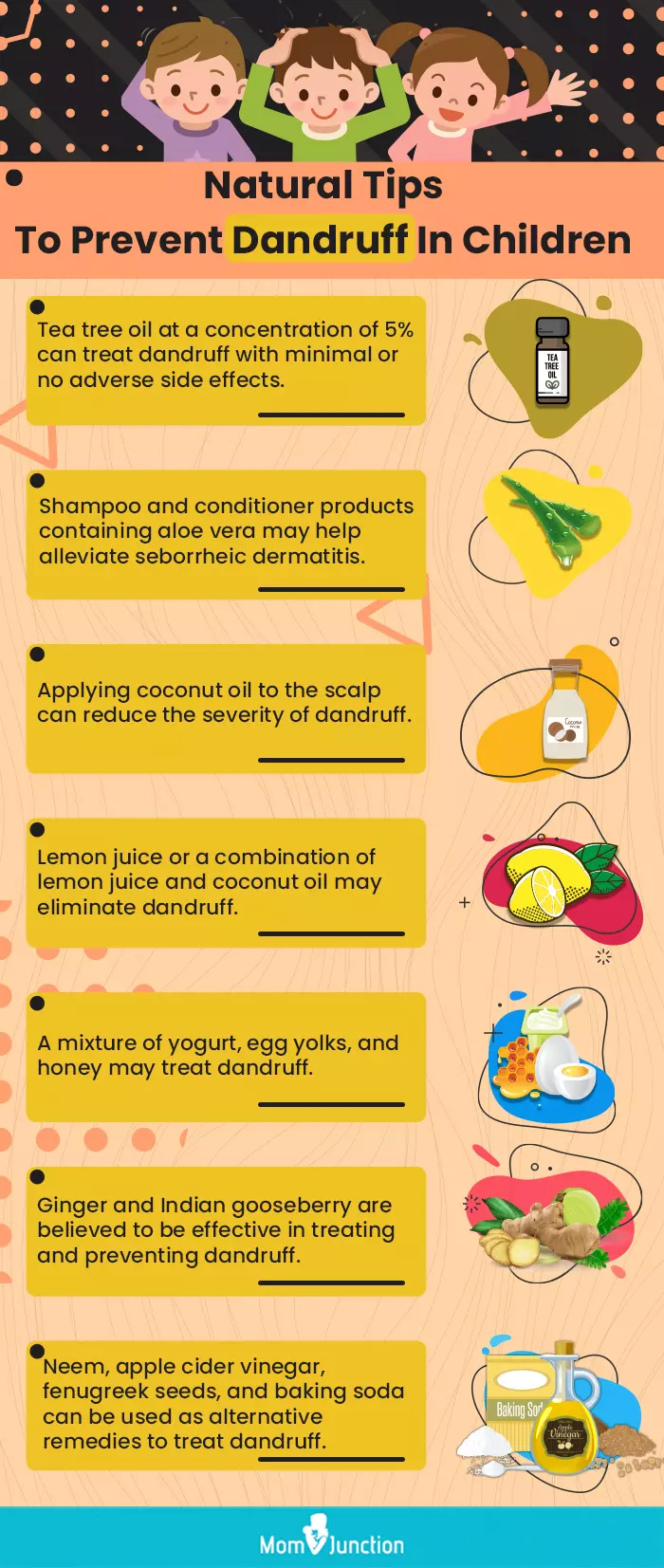
Illustration: Momjunction Design Team
Illustration: Dandruff In Kids: Causes Treatment And Home Remedies
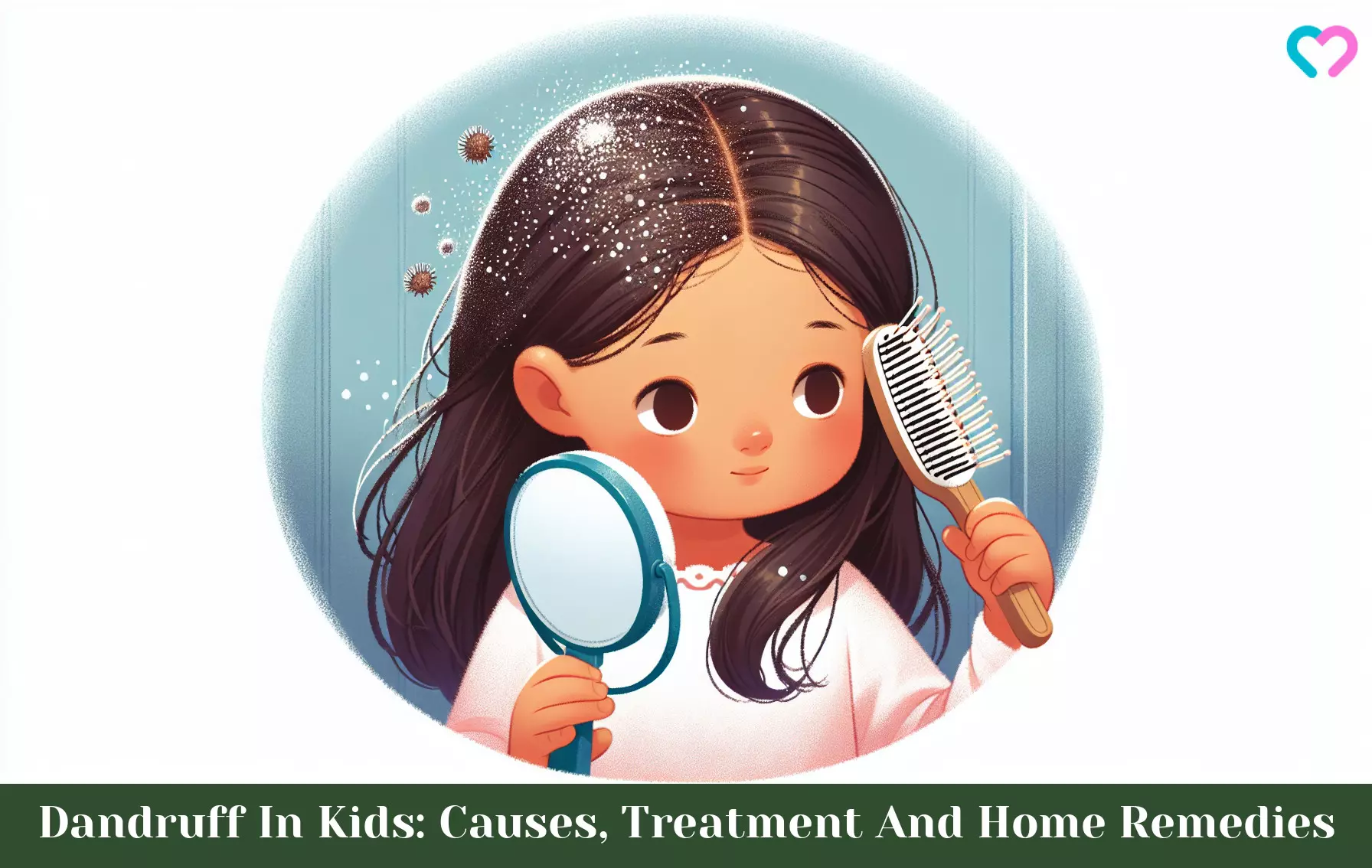
Image: Dall·E/MomJunction Design Team
References
- What to do about your child’s dandruff; University of Utah
https://healthcare.utah.edu/the-scope/kids-zone/all/2017/10/what-do-about-your-childs-dandruff - What is dandruff?; University Health Service: University of Michigan
https://uhs.umich.edu/dandruff - Dandruff; The Nemours Foundation.
https://kidshealth.org/RadyChildrens/en/parents/dandruff.html - Dandruff; Michigan Medicine.
https://www.uofmhealth.org/health-library/tm6353spec - S. M. Rudramurthy et al.; Association of Malassezia species with dandruff; Indian Journal of Medical Research (2014).
https://www.semanticscholar.org/paper/Association-of-Malassezia-species-with-dandruff-Rudramurthy-Honnavar/109b2da76700543e5700019fd77d8ad04d85d2f6?p2df - Causes and Diagnoses of Dandruff; Northwestern Medicine.
https://www.nm.org/conditions-and-care-areas/dermatology/dandruff/causes-and-diagnoses - Seborrheic Dermatitis; Cleaveland Clinic.
https://my.clevelandclinic.org/health/diseases/14403-seborrheic-dermatitis - Dandruff and itching scalp; Better Health Channel Department of Health State Government of Victoria.
https://www.betterhealth.vic.gov.au/health/conditionsandtreatments/dandruff-and-itching-scalp - Dandruff; Raising children.
https://raisingchildren.net.au/guides/a-z-health-reference/dandruff#:~:text - How to Treat Dandruff; American Academy of Dermatology.
https://www.aad.org/public/everyday-care/hair-scalp-care/scalp/treat-dandruff - Salicylic Acid Shampoo; Cleveland Clinic.
https://my.clevelandclinic.org/health/drugs/18685-salicylic-acid-shampoo - Dandruff; Brenner Children’s Wake Forest Baptist Health.
https://www.wakehealth.edu/kh/clinical/lic415/en/teens/your-body - Seborrhoeic dermatitis & cradle cap in infants; National Eczema Society.
https://eczema.org/information-and-advice/types-of-eczema/seborrhoeic-dermatitis-cradle-cap-in-infants/ - Seborrheic Dermatitis; US Department of Veterans Affairs.
https://www.va.gov/WHOLEHEALTHLIBRARY/tools/seborrheic-dermatitis.asp - Dandruff: What It Is and What to Do About It; Cedars-Sinai.
https://www.cedars-sinai.org/blog/what-is-dandruff.html - Seborrheic Dermatitis; National Eczema Association.
https://nationaleczema.org/eczema/types-of-eczema/seborrheic-dermatitis/ - A. C. Satchell et al.; Treatment of dandruff with 5% tea tree oil shampoo; Medref.se.
http://www.medref.se/novosel/satchell.pdf - Cradle Cap Symptoms and Natural Treatments; American Pregnancy Association.
https://americanpregnancy.org/healthy-pregnancy/first-year-of-life/cradle-cap-symptoms-and-natural-treatments/ - How to Get Rid of Dandruff: Causes Treatment and Home Remedies; AK Clinics (2018).
https://akclinics.org/blog/how-to-get-rid-of-dandruff-causes-treatment-and-home-remedies/ - Rituja Saxena et al.; Longitudinal study of the scalp microbiome suggests coconut oil to enrich healthy scalp commensals; Scientific Reports (2021).
https://www.ncbi.nlm.nih.gov/pmc/articles/PMC8012655/ - Home Remedies of Dandruff; Jamaica Hospital Medical Center (2016).
https://jamaicahospital.org/newsletter/home-remedies-for-dandruff/ - M. I. Qadir; Medicinal and Cosmetological Importance of Aloe Vera; International Journal of Natural Therapy (2009).
https://www.researchgate.net/publication/233818204_Medicinal_and_cosmetological_importance_of_Aloe_vera - Tips for healthy hair with natural remedies to get long strong and shiny hair; AK Clinics (2017).
https://akclinics.org/blog/tips-for-getting-thick-strong-and-healthy-hair/ - Alzohairy MA; Therapeutics Role of Azadirachta indica (Neem) and Their Active Constituents in Diseases Prevention and Treatment; Evidence-Based Complementary and Alternative Medicine (2016).
https://www.ncbi.nlm.nih.gov/pmc/articles/PMC4791507/ - Hashem MM et al; Rosemary and neem: an insight into their combined anti-dandruff and anti-hair loss efficacy; Scientific Reports (2024).
https://www.ncbi.nlm.nih.gov/pmc/articles/PMC10987638/ - Shifa A. Sheikh and Dr. D. C. Goupale; Formulation And Evaluation Of Herbal Anti-Dandruff Shampoo Containing Trigonella Foenum-Graecum Seed Extract; Journal Of Harmonized Research in Pharmacy (2019).
https://www.johronline.com/abstract/formulation-and-evaluation-of-herbal-antidandruff-shampoo-containing-trigonella-foenumgraecum-seed-extract-79104.html - Indian Herbs for Hair Care; Evergreen Beauty College.
https://www.evergreenbeauty.edu/blog/indian-herbs-for-hair-care/ - Yu JY et al.; Preclinical and Clinical Studies Demonstrate That the Proprietary Herbal Extract DA-5512 Effectively Stimulates Hair Growth and Promotes Hair Health; Evidence-Based Complementary and Alternative Medicine (2017).
https://www.ncbi.nlm.nih.gov/pmc/articles/PMC5429933/ - Do_it_yourself_beatuy_recipes; Cerch Berkeley University.
https://cerch.berkeley.edu/sites/default/files/do_it_yourself_beatuy_recipes.pdf - Deokar Gitanjali et al.; Antimalassezia Activity of Medicated Antidandruff Shampoo Formulated with Microwave Dried Garlic Powder with Improved Allicin Stability; The Natural Products Journal (2014).
https://www.researchgate.net/publication/265857636_Antimalassezia_Activity_of_Medicated_Antidandruff_Shampoo_Formulated_with_Microwave_Dried_Garlic_Powder_with_Improved_Allicin_Stability - Petrovska BB and Cekovska S; Extracts from the history and medical properties of garlic (2010).
https://www.ncbi.nlm.nih.gov/pmc/articles/PMC3249897/ - Liliana Ceclu and Oana-Viorela Nistor; Red Beetroot: Composition and Health Effects – A Review; Journal of Nutritional Medicine and Diet Care (2020).
https://clinmedjournals.org/articles/jnmdc/journal-of-nutritional-medicine-and-diet-care-jnmdc-6-043.php - Luis J. Borda and Tongyu C. Wikramanayake; Seborrheic Dermatitis and Dandruff: A Comprehensive Review; Journal of clinical and investigative dermatology (2015).
https://www.ncbi.nlm.nih.gov/pmc/articles/PMC4852869/
Community Experiences
Join the conversation and become a part of our nurturing community! Share your stories, experiences, and insights to connect with fellow parents.
Read full bio of Dr. Wayne Hough
- Dr. Mubina Agboatwalla is the head of the department of pediatrics at Karachi Liaquat Hospital, Pakistan. She has over 20 years of experience in the field of pediatrics and 50 research papers published in international journals including Lancet and JAMA. Dr. Agboatwalla is also a public health specialist specializing in preventive health including nutrition, breastfeeding and infectious diseases, especially diarrhea, polio, and tuberculosis. She has affiliations with the Center of Disease Control Atlanta (CDC), UNICEF, and WHO.
 Dr. Mubina Agboatwalla is the head of the department of pediatrics at Karachi Liaquat Hospital, Pakistan. She has over 20 years of experience in the field of pediatrics and 50 research papers published in international journals including Lancet and JAMA. Dr. Agboatwalla is also a public health specialist specializing in preventive health including nutrition, breastfeeding and infectious diseases, especially diarrhea, polio, and tuberculosis. She has affiliations with the Center of Disease Control Atlanta (CDC), UNICEF, and WHO.
Dr. Mubina Agboatwalla is the head of the department of pediatrics at Karachi Liaquat Hospital, Pakistan. She has over 20 years of experience in the field of pediatrics and 50 research papers published in international journals including Lancet and JAMA. Dr. Agboatwalla is also a public health specialist specializing in preventive health including nutrition, breastfeeding and infectious diseases, especially diarrhea, polio, and tuberculosis. She has affiliations with the Center of Disease Control Atlanta (CDC), UNICEF, and WHO.
Read full bio of Dr. Ritika Shah
Read full bio of Swati Patwal
Read full bio of Ghazia Shah









